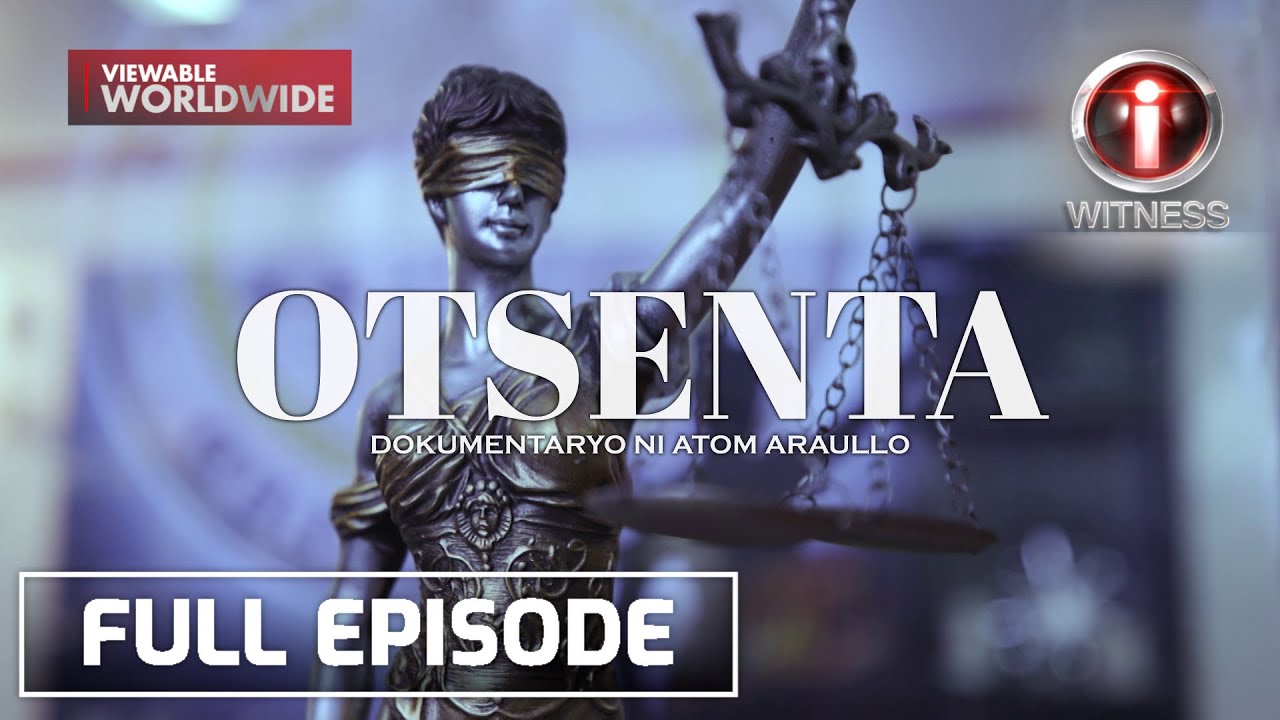Ang pagsakop at pag-abuso ng mga Hapon sa mga Pilipino noong World War II | I-Witness
Summary
TLDRThe script recounts the enduring struggle of Filipino guerilla fighters against Japanese occupation during World War II, highlighting the resilience of elderly women, known as 'Lolas,' who continue to seek justice decades later. Set in the town of Candava, Pampanga, the narrative focuses on three 'Lolas'—Maria, Pilar, and Maxima—who share their painful experiences and the ongoing quest for recognition of their role in the resistance. The story also touches on the Siege of Mapaniki, a significant event that exemplifies the bravery and tenacity of the Filipino people during the war.
Takeaways
- 🏳️ Japan occupied the Philippines over 8 years ago with the intention of using it as a strategic point in Asia.
- 🗺️ The Philippines was quickly conquered, and American soldiers were forced to leave, but Filipino guerrillas continued the resistance.
- 👵 The impact of the occupation is still felt by the elderly, who are determined to keep their stories alive.
- 📖 Candava, Pampanga is home to a small community where some of these elderly, known as 'freedom grandmothers', reside.
- 👵🏻 Three of these grandmothers are highlighted: Lola Maria, Lola Pilar, and Lola Maxima, each with their own experiences of loss and struggle.
- 💔 The elderly express their pain and the desire for justice, fearing that their stories and the fight for it may fade with time.
- 🌏 The script mentions the global context of World War II, including the siege in Europe and its eventual reach to the Philippines.
- 🔥 The war in Europe sparked and spread, with the Philippines being affected by the conflict after the American and Filipino forces surrendered in Bataan.
- 💥 The 'Hukbalahap' or the People's Army Against the Japanese was formed, using effective guerrilla tactics that angered the Japanese occupiers.
- 🗓️ November 1944 marked the Siege of Mapaniki, a significant event where the Japanese sought to eliminate the guerrilla fighters.
- 📣 The script emphasizes the importance of remembering and passing on the stories of the resistance and the pursuit of justice for the atrocities committed during the occupation.
Q & A
How long ago did Japan invade the Philippines as part of their Greater Asia Co-Prosperity Sphere?
-More than 8 years ago, as mentioned in the script.
What was the reaction of the Filipino people to the Japanese occupation?
-The Filipino people quickly organized resistance and fought to liberate the Philippines, forcing the American soldiers stationed there to leave.
What is the current state of the elderly who experienced the Japanese occupation?
-Some of the elderly who experienced the occupation are still fighting for justice, but their numbers are dwindling and they are aging.
Where is the town of Candava located, as mentioned in the script?
-Candava is a small town in the province of Pampanga, near Metro Manila.
Who are the three 'freedom grandmothers' mentioned in the script?
-The three 'freedom grandmothers' are Lola Maria, Lola Pilar, and Lola Maxima, who are known for their resistance during the Japanese occupation.
What was the situation in the Philippines during the 40-year American colonization?
-During the American colonization, there was a sense of illusion and tranquility in the islands, but the outbreak of World War II in Europe eventually reached the Philippines.
What significant event occurred after the five-month battle in Bataan?
-After the five-month battle in Bataan, the last forces of the American and Filipino soldiers surrendered, leading to the creation of the Hukbalahap, or the People's Army Against the Japanese.
What was the effect of the Hukbalahap's tactics against the Japanese?
-The Hukbalahap's tactics were effective, which greatly annoyed the Japanese occupiers.
What happened in November 1944 that is mentioned in the script?
-In November 1944, the Siege of Mapaniki took place, which was a significant event during the Japanese occupation.
What is the significance of the Mapaniki siege according to the script?
-The siege of Mapaniki is significant because it was a turning point in the resistance against the Japanese, showing the determination and resilience of the Filipino people.
Outlines

此内容仅限付费用户访问。 请升级后访问。
立即升级Mindmap

此内容仅限付费用户访问。 请升级后访问。
立即升级Keywords

此内容仅限付费用户访问。 请升级后访问。
立即升级Highlights

此内容仅限付费用户访问。 请升级后访问。
立即升级Transcripts

此内容仅限付费用户访问。 请升级后访问。
立即升级浏览更多相关视频

'Otsenta,' dokumentaryo ni Atom Araullo | I-Witness

HD Historic Archival Stock Footage WWII Liberation of Manila

Nieves Fernandez - Philippine Warrior Woman who killed 200 Japanese during WWII

I-Witness: 'Ang Lihim ni Lola,' a documentary by Howie Severino (full episode)

Kilalanin ang mga 'Malaya Lola' | I-Witness

BULIHAN: Mga Kuwento ng Labanan at Kabayanihan | Senior Category | 5th SINEliksik Bulacan DocuFest
5.0 / 5 (0 votes)
